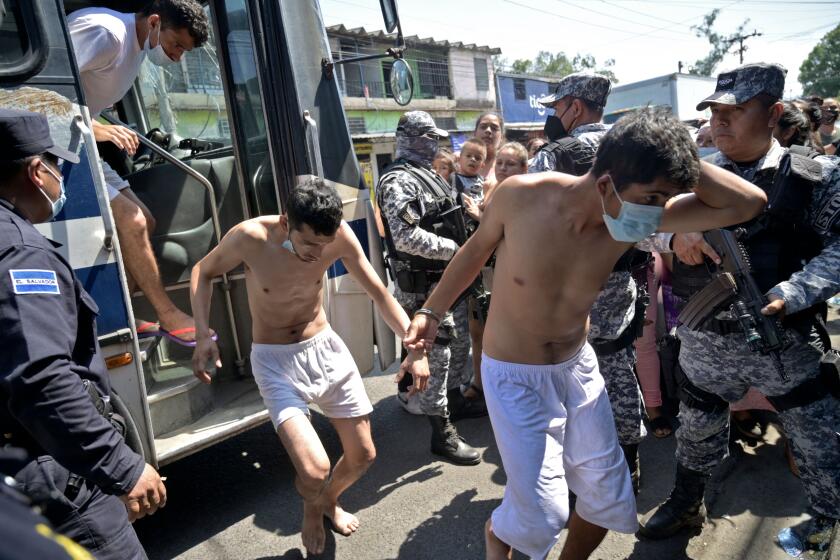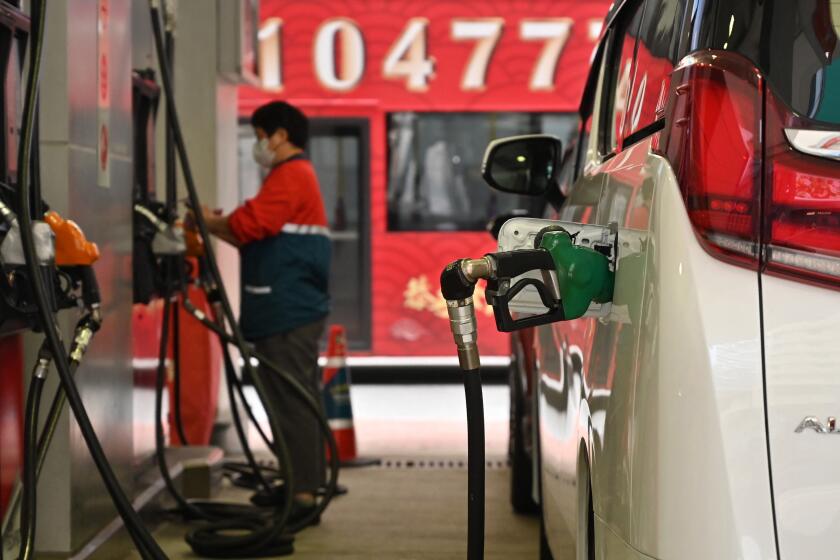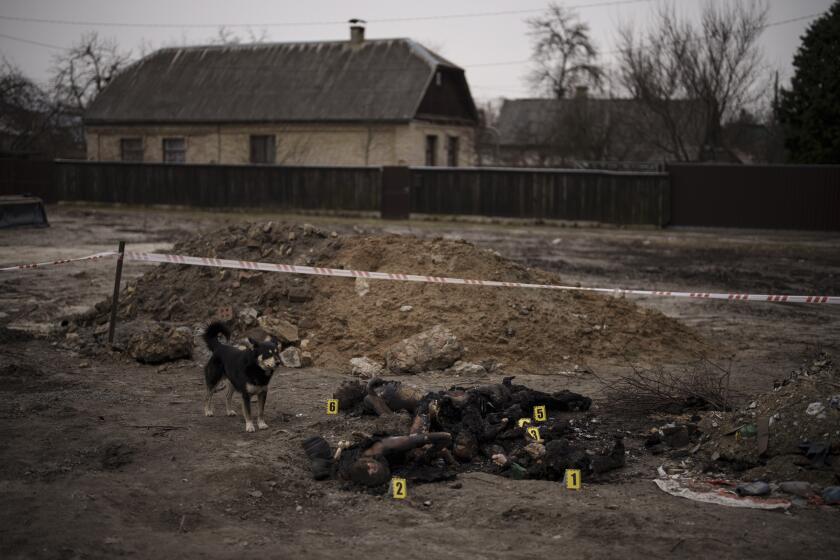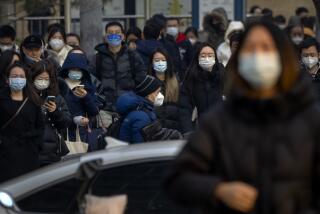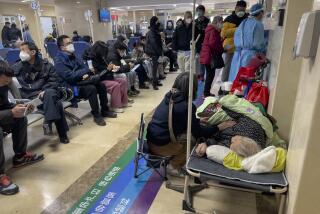Strain of Shanghai’s COVID lockdown tests China’s zero tolerance resolve
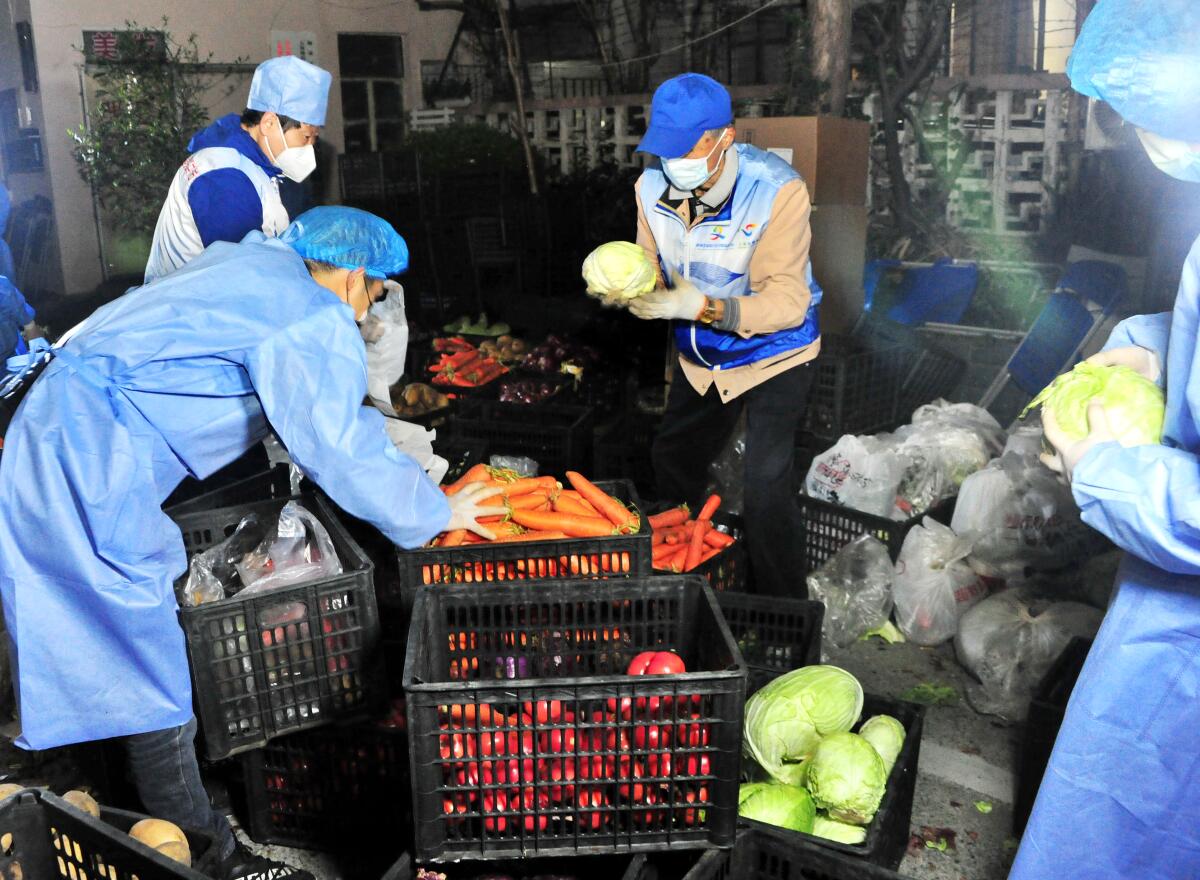
A month ago, China was contemplating how to transition from the “zero tolerance” COVID-19 policy that kept it largely infection-free during the pandemic. But a fast-spreading outbreak in the country’s financial center has shown just how distant that possibility rests.
Once heralded as a model for efficient COVID containment, Shanghai is in the throes of China’s biggest domestic outbreak, as the city has reported tens of thousands of new COVID cases this week. The infections — mostly asymptomatic and few compared with other countries — are testing the boundaries of China’s uncompromising restrictions, which stamped out the initial outbreak in Wuhan and virtually returned the country to normalcy.
Two years and several more transmissive variants later, the shortcomings of that strategy are being laid bare.
Severe lockdowns have crimped economic activity and prompted public anger over the personal repercussions of such extreme measures. That discontent is on display in Shanghai, where residents complain about dwindling food and medical resources and fears of separation from children or pets over a positive COVID test.
On the other hand, a relaxing of regulations would threaten vulnerable elderly populations, among whom vaccination rates lag behind the rest of the country. While Shanghai has not logged any deaths specifically due to COVID, some media outlets have reported that infection and death have quickly spread through the city’s largest care facility for the elderly.
“China is a big ship, and it’s very difficult for it to turn,” said Jin Dong-yan, a professor at the University of Hong Kong’s School of Biomedical Sciences. “Even if it turns and does not do it carefully, it might just fall over and cause disaster.”
Local governments have not hesitated to use swift and stringent lockdowns to combat outbreaks. China’s northern province of Jilin has been sealed for weeks; last month, the southern city of Shenzhen was closed off for several days.
But Chinese officials have signaled that they may consider a lighter approach to COVID restrictions as the rest of the world has reopened. In a March leadership meeting, President Xi Jinping noted the need to maintain preventative measures while minimizing social and economic disruption.
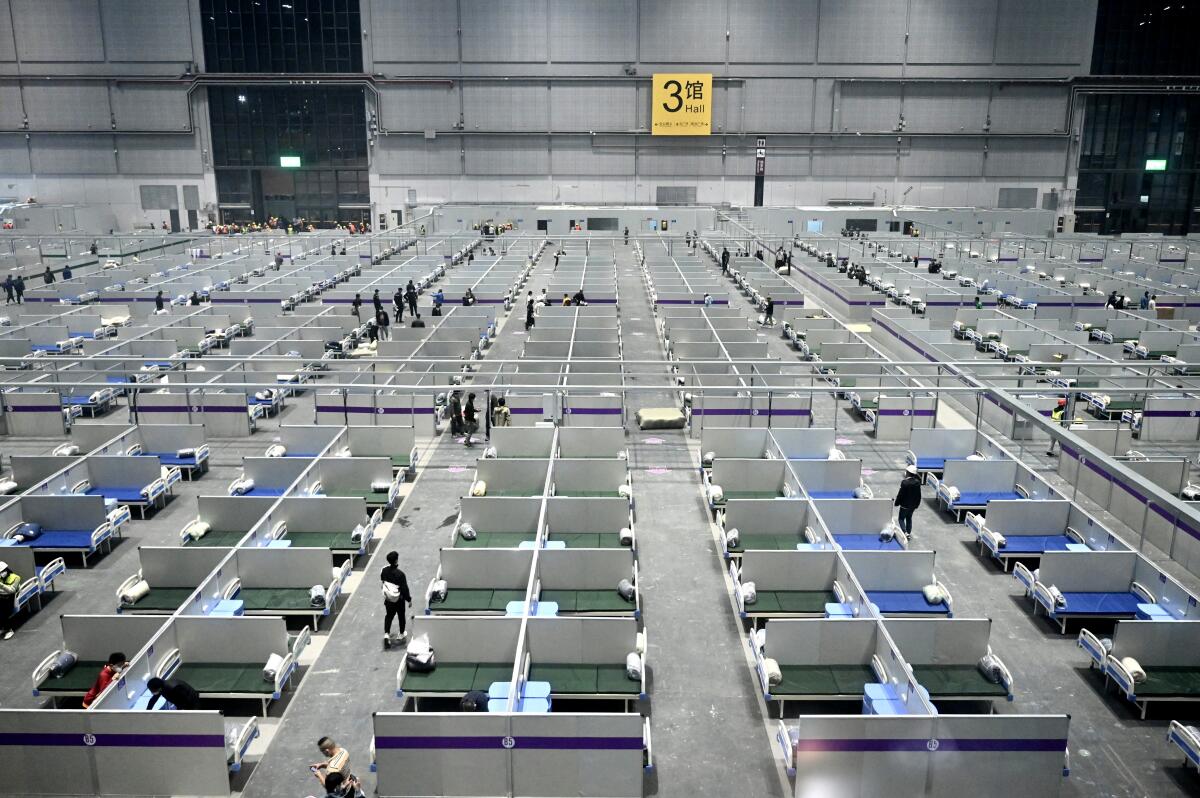
In Shanghai, a critical manufacturing and consumer hub of about 25 million people, officials attempted to preserve as much mobility as possible as they tracked the spread of the latest outbreak.
Tanya, a mother of three in Shanghai who declined to provide her last name because of privacy concerns, was caught in the contact-tracing dragnet in early March. A student in her 8-year-old daughter’s class was identified as a close contact of a confirmed case, sending all her classmates into 14-day quarantine, each with an accompanying parent.
Though it seemed like an isolated incident at the time, there were signs to the contrary. Tanya’s husband and daughter were required to spend the two weeks in a quarantine hotel, but it took four days for a room to become available. After three days there, they were sent home to complete their quarantine.
“You’re being pulled into quarantine under one policy, but in the middle of it, they’re changing the policy, so everything is shifting as you’re going through it,” she said.
When the family emerged March 18, the mood in the city had changed. The daily case count had jumped from a couple of hundred to more than 3,000, forcing the closure of schools and businesses. Traffic was sparse, and neighborhood restaurants offered only takeout.
With more than 6,000 people held after a weekend killing spree, El Salvador’s president and his congressional allies have put civil liberties on hold.
Shanghai had begun a rolling citywide lockdown by neighborhood in order to test every resident. As Tanya was on her way out of quarantine, her neighborhood committee warned that it was likely her building would be locked down soon. With a few days to roam, she took her two youngest children to get their second vaccination shots.
Two days later, Tanya’s family was again confined to their apartment complex as workers carried out the systematic sweep. While they could visit the grounds and socialize with neighbors, they weren’t allowed to leave for 48 hours. Before that period was up, it was extended by two days.
Meanwhile, daily cases had climbed above 5,000. As soon as Tanya was released, she started preparing for the city’s next phase: a two-part lockdown divided by the Huangpu River that runs through downtown Shanghai. The district east of the river, Pudong, would be sealed for testing for four days starting March 28. Then, Puxi, west of the river, would have its own four-day lockdown.
As Puxi residents, Tanya and her family had several days to go on bike rides through sleepy roads and stock up on food at bustling supermarkets.
“Everywhere was quiet, except places to pick up groceries, and bars,” she said.
She wasn’t the only one shoring up reserves. Residents posted to social media photos and videos of empty store shelves, crowded grocery aisles and scuffles over produce. A light-hearted Shanghainese rap made the rounds online, describing the lockdown with a catchy hook that declared “Everybody’s fighting over food.”
As the lockdown tightened, residents grew more restive. People turned to social media to plead for medical attention and fresh provisions. Videos of sick toddlers separated from their parents sparked anger online, as did a video of a healthcare worker beating a pet corgi to death on the street after its owner left for quarantine.
On Saturday, a call between an official at Shanghai’s Center for Disease Control and a city resident went viral, as both exasperated parties lamented the lack of medical resources and the opacity of testing and isolation procedures.
Everyone is paying more for gas, but the U.S. remains the cheapest among advanced nations because of low taxes.
“I’ll tell you for a fact right now: Hospitals are very strained, isolation facilities have no rooms, 120 [the emergency telephone number] has no ambulances,” the official said to the caller, who had complained about a discrepancy in his father’s latest COVID test, among other grievances.
The CDC employee said she had repeatedly told superiors to allow those with mild symptoms to quarantine at home, to no avail. The virus had become politicized, and leaders weren’t listening to reason, she added. “We are all in total despair.”
The caller, who confessed to recording the conversation halfway through, asked what could be done without a way to reach decision-makers or express complaints. Laughing, the official suggested he post the recording online.
The public backlash, as well as the economic toll, could pose challenges for Xi as he prepares to consolidate power with an unprecedented third term at the National Congress of the Chinese Communist Party later this year. Last month, Chinese officials set a target of 5.5% growth in gross domestic product for 2022, underlining their commitment to support the economy through monetary policy and stimulus.
“Reaching that 5.5% takes considerable efforts to coordinate policies. That seems even more impossible with the disruptions we are seeing right now,” said Peiqian Liu, China economist at NatWest Markets. “With a longer lockdown with more uncertainty, there are definitely more downside pressures.”
On Monday, several hours before the lockdown in Puxi was supposed to lift, Tanya and her family received a package of groceries, a disheartening yet unsurprising sign that they would not be going out anytime soon — Shanghai had extended the lockdown indefinitely.
Russian forces retreat from the city in Ukraine, leaving behind corpses and live mines.
“Shanghai adopted this targeted approach initially in order to balance protecting health and ensure social and economic stability,” said Yanzhong Huang, senior fellow for global health at the Council on Foreign Relations. “Though the approach failed, it shows how people cannot run faster than the virus. That means that this contact tracing and mass testing is no longer that effective.”
With the rapid spread in Shanghai of the Omicron variant, Chinese officials have resorted to stressing adherence to the zero tolerance policy. Vice Premier Sun Chunlan, who has overseen responses to other major outbreaks, advocated swift and resolute actions to contain the virus. Thousands of healthcare workers and military personnel have headed into Shanghai, while workers are rushing to build new isolation facilities for the growing number of positive cases.
At the outset, Tanya watched daily briefings and tracked lockdown updates online. She has given up that practice.
“In order to save my own sanity, I sort of stopped following every rumor,” she said. “Nobody knows how long this is going to go on for. We just wait day by day and wait for the next official announcement.”
More to Read
Start your day right
Sign up for Essential California for news, features and recommendations from the L.A. Times and beyond in your inbox six days a week.
You may occasionally receive promotional content from the Los Angeles Times.
